All you need to know about Colombian Cumbia:
Cumbia is Colombia's national dance, one of its most representative rhythms and the source and inspiration behind much of the country's popular music.
Where did Cumbia come from?
It was born on Colombia's Caribbean coast where it was originally an African courtship dance that evolved with the addition of African, European and indigenous instruments and indigenous dance steps.
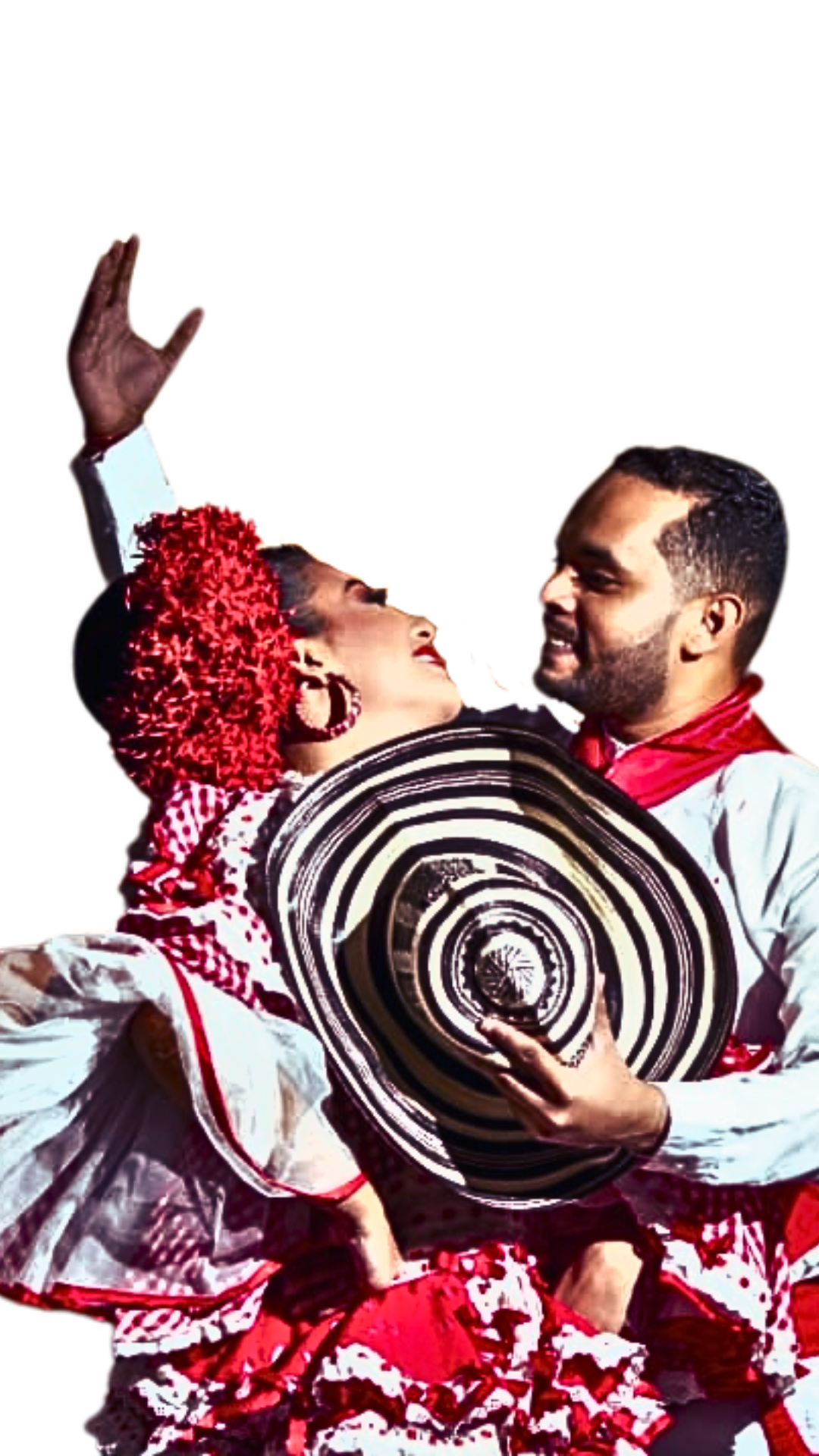
What does it involve?
To dance Cumbia you need one of two musical ensembles – a conjunto de cumbia (also known as a cumbiamba) or a conjunto de gaitas. The cumbia ensemble has five instruments the caña de millo (millet cane) or pito, which is a type of clarinet, the tambor mayor (a drum held between the legs, played with both hands) the llamador (a drum balanced on the knee, played with one hand) the bombo (a two-headed drum played with two sticks) and a rattle, usually the guache (a tubular rattle filled with seeds) or maracas. The gaitas ensemble has two gaitas (duct flutes) – the gaita hembra and the gaita macho - alongside
How do you dance it?
Cumbia really should be danced at night, with couples dancing in a circle around seated musicians. The woman makes shuffling steps while the man moves in a sort of zig-zag around her. At night, women hold bundles of candles wrapped in colored handkerchiefs in their right hands. Nowadays traditional cumbia is only really performed at carnivals and candles are not used during the day, although the handkerchiefs remain.
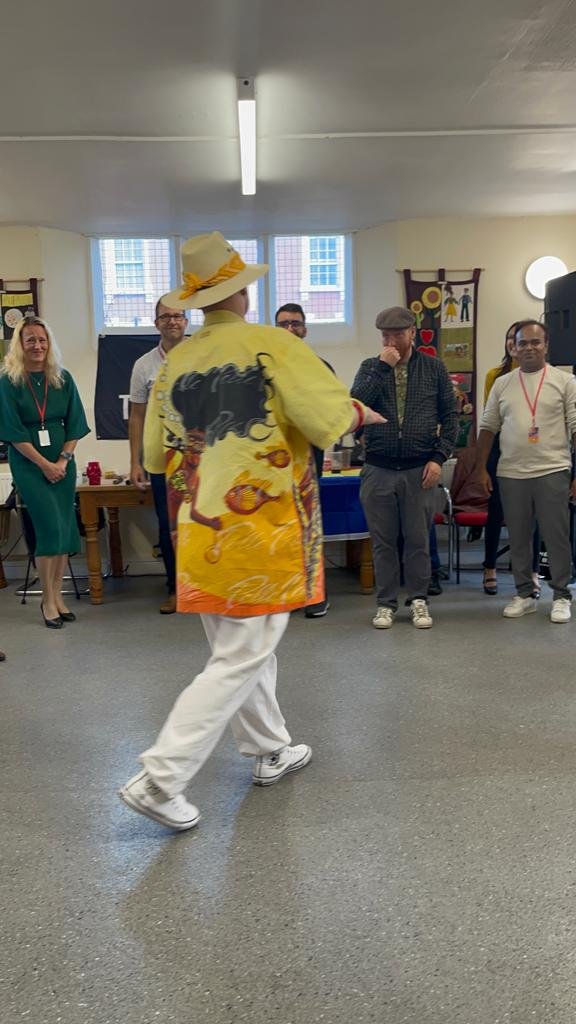
Welcome to Our Community of Cumbiamberos
Welcome to the world of the best Cumbia Sonidera rhythm in Mexico. As a dance teacher proficient in 3 styles of Cumbia Sonidera, my goal is to share this vibrant dance form with enthusiasts like you. Embrace the music, feel the beat, and let's dance together.
Join us in celebrating the essence of Cumbia and immerse yourself in its rich culture. Let the music guide your steps and the rhythm move your soul. Together, we'll create unforgettable moments on the dance floor, fueled by passion and joy.
Experience the magic of Cumbia Sonidera with us, where every dance tells a story and every step resonates with history. DanceclubVirgilYCumbias is more than a dance space; it's a community of Cumbia lovers united by a shared love for movement and music.
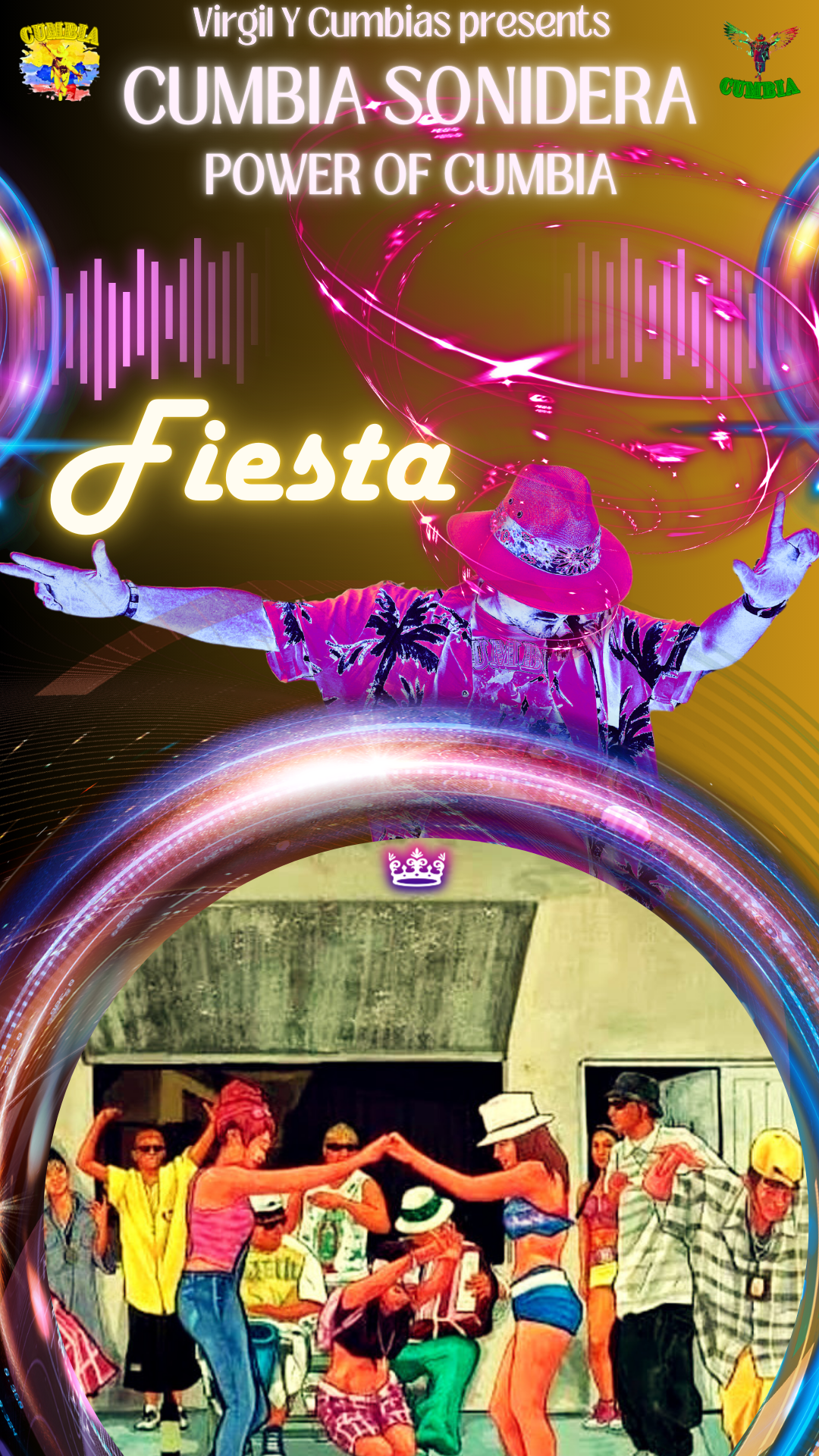
Introduction
First and foremost, you need to know that these are not just simple dance classes or some ordinary dancing events, this is a worldwide project.
The purpose, is to spread this amazing rhythm of Cumbia Sonidera and Colombian Cumbia, all over the globe.
This music & and this dance style needs to be known by absolutely everyone who is passionate into dance.
• Cumbia is a Latin American musical genre born in Colombia somewhere around the 1800`s.
• Since 1940 - 1950's, Cumbia has been taken over by the other Latin countries on the continent.
Ciudad de Mexico was one of the first city in Latin America who found the love for Cumbia.
They added some few extra sounds to it and they named it Cumbia Sonidera.
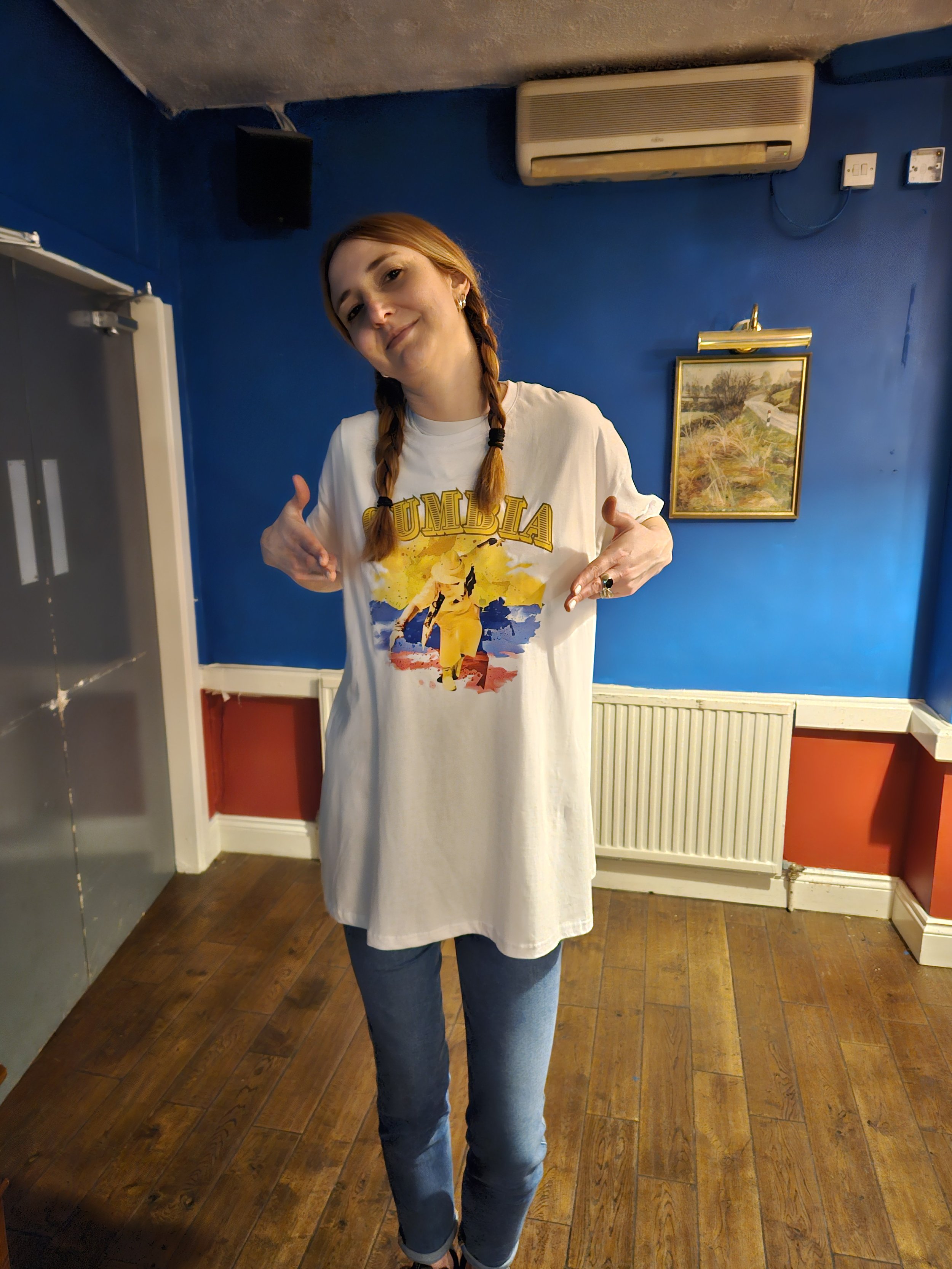
Origin of the Sonidero genre in Cumbia music & popular places for Cumbia Sonidera in Mexico.
Although the term Cumbia Sonidera is a generic term, there is no authorship as such of who defined the term that is considered to be in popular domain to define this musical variant of Mexican Cumbia.
The origins go back decades, when the Perea brothers, originally from the Peñón de los Baños neighborhood, on the outskirts of Mexico City's International Airport, formed a "Mobile Disco" or sound each, "Fascinación" and "Arcoiris", with which they presented LPs of various tropical rhythms from recordings made in the Caribbean and South America mainly.
Catalog of music that was not commercialized in Mexico with which they distinguished themselves among others that were dedicated to the field, and that would be the trigger for the appearance of other sonideros in the same place.
Likewise, in San Juan de Aragón the "Sonido Rolas" by Roberto Herrera Hernández emerged, in Nezahualcóyotl emerged Sonido Azteca by Héctor Melchor and in the Barrio de Tepito "Sonido La Changa" by Ramón Rojo.
The Peñón de los Baños is a populous neighborhood of the capital of Mexico and is distinguished preponderantly by listening to all kinds of tropical music, so much so that it was alluded to with the phrase in the voice of the late Colombian Lucho Argaín, "in Tepito and in the Peñón de los Baños, with the Cucu of the Sonora Dinamita" in a classic theme, "El cucu" a Cumbia combined with Swing in some parts, indicating the importance along with Tepito of being the mecca of the exhibitions of recordings brought from the south of the continent, is known among the sonideros as the "Colombia Chiquita", sometimes this term is also used in the hills, outskirts of Monterrey due to the popularity of vallenato and cumbia of that northern city. Colombian Music in Mexico.
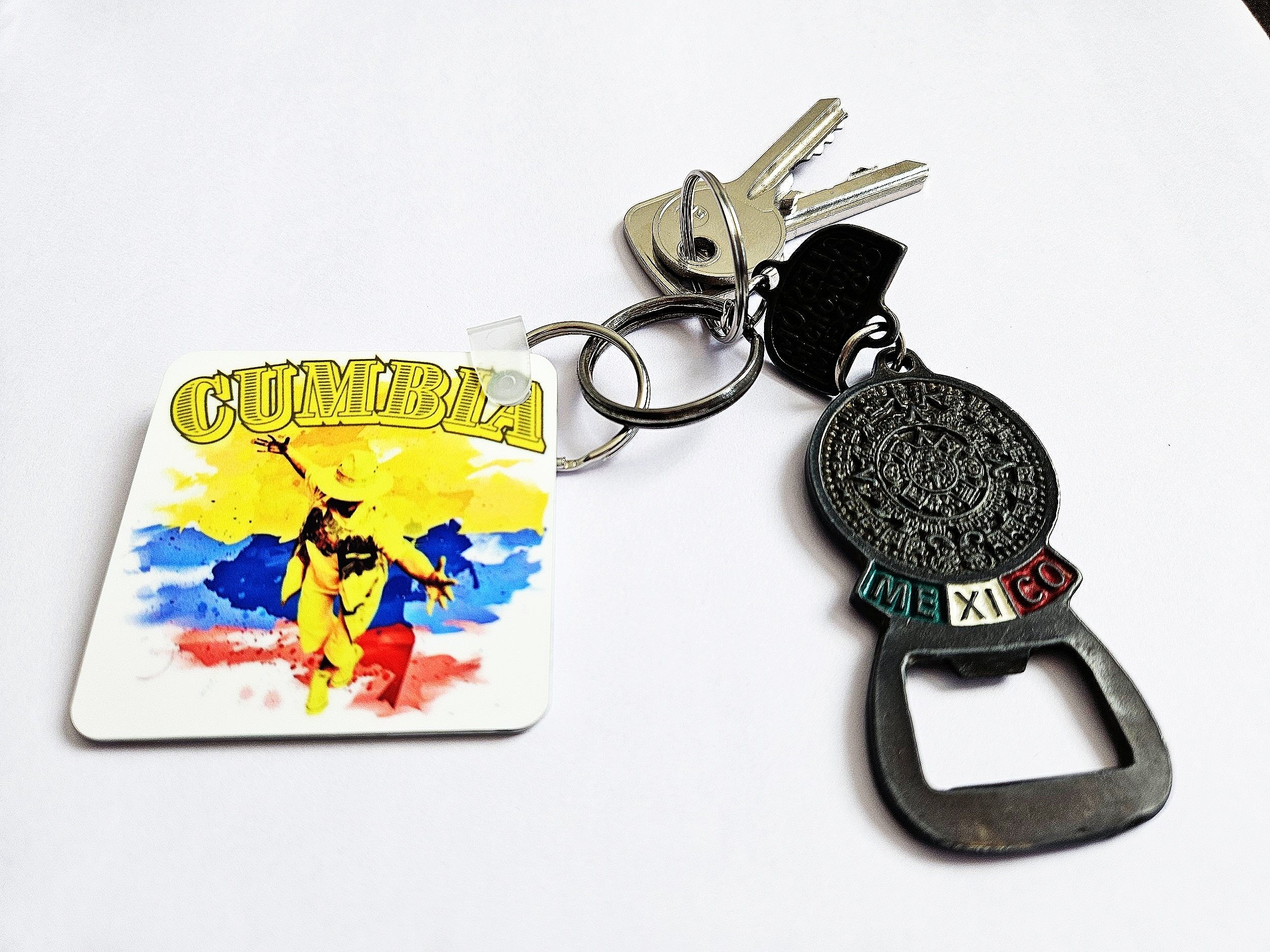
Cities to listen & dance Cumbia Sonidera in Mexico
Mexico City, Leon Guanajuato, San Luis Potosi, Monterrey, Coahuila, Acapulco, Hidalgo, Queretaro, Chiapas, Tabasco, Morelos, Yucatan, State of Mexico, Tlaxcala, Quintana Roo, Veracruz, Aguascalientes, Oaxaca, Puebla, Campeche, Michoacán & Tampico.
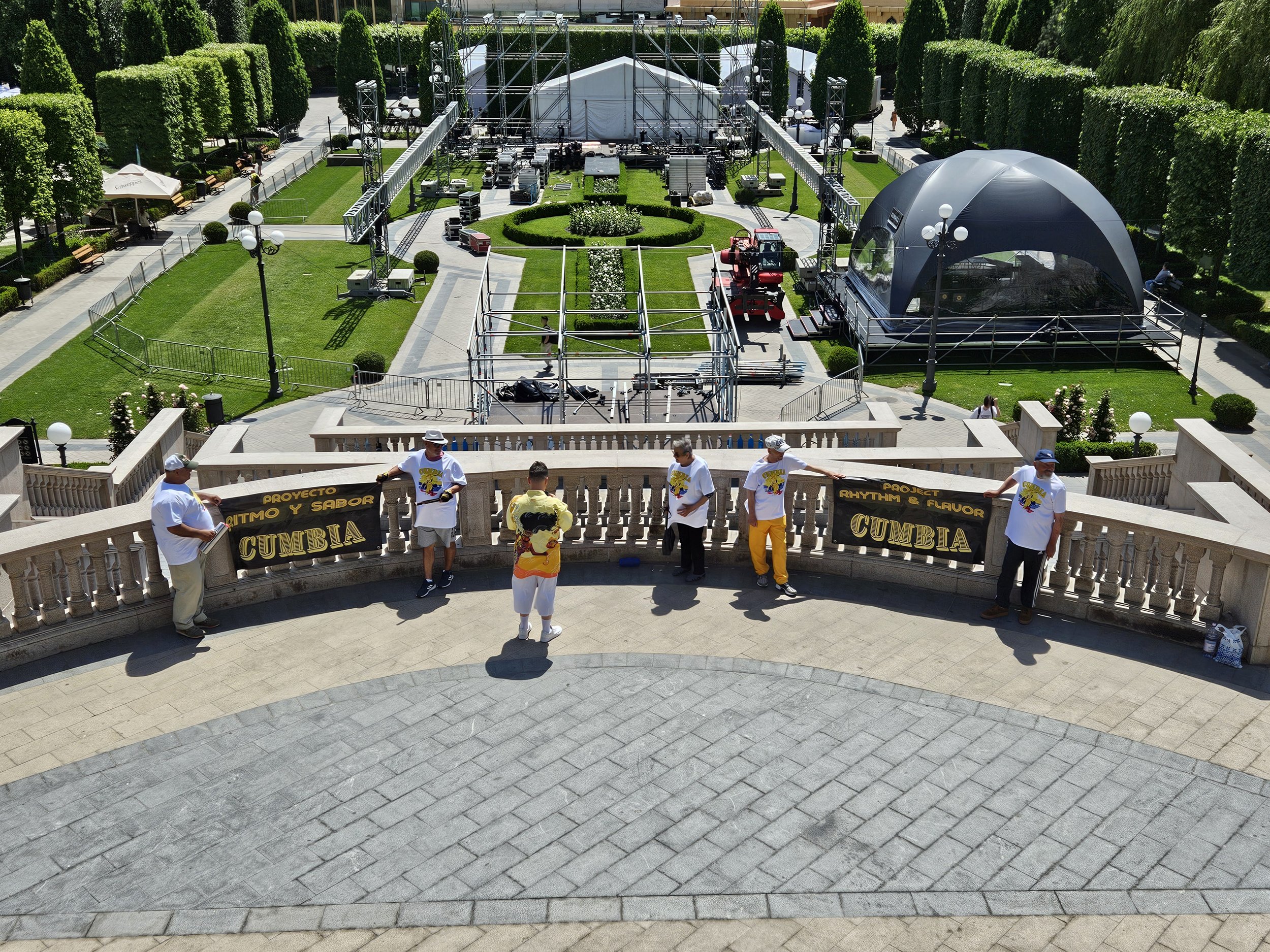
Cumbia is considered to be the soul of Latin American music and Queen of the rhythms.
The Cumbia we have today in United Kingdom, that we’ll learn more about… is Colombian Cumbia and Cumbia Sonidera.
The dance styles that we are gonna learn how to dance & practice... are from the cities: Leon Guanajuato, San Luis Potosi, Monterrey & Monclova. [North of Mexico]
There's 3 Cumbia Sonidera dance styles we have in the project:
Partner dance
&
Street dance art -> Cholombianos art, & Renewed aztec dance.
Now is the time for England and all of Europe to see and feel the energy and vibration of Colombian & Mexican Cumbia.
The music that the world needs to hear and learn more about 100%
Together, we can bring and put the dance style of Cumbia Sonidera out there in the world, internationalising it like Salsa, Bachata and
Cha Cha Cha
This dancing project, ‘Rhythm and Flavor’, was created in 2019 by Virgil Y Cumbias, in order to gather people who love to dance, in order to create beautiful moments with spectacular choreographies and of course organizing outdoor flashmobs with joy and good cheer.
Virgil Y Cumbias is the only dance teacher in Europe, for this type of northern Mexico dance styles.
He really passionate for Cumbia Sonidera, and definitely he wants YOU in the circle of
RUEDA DE CUMBIA.


